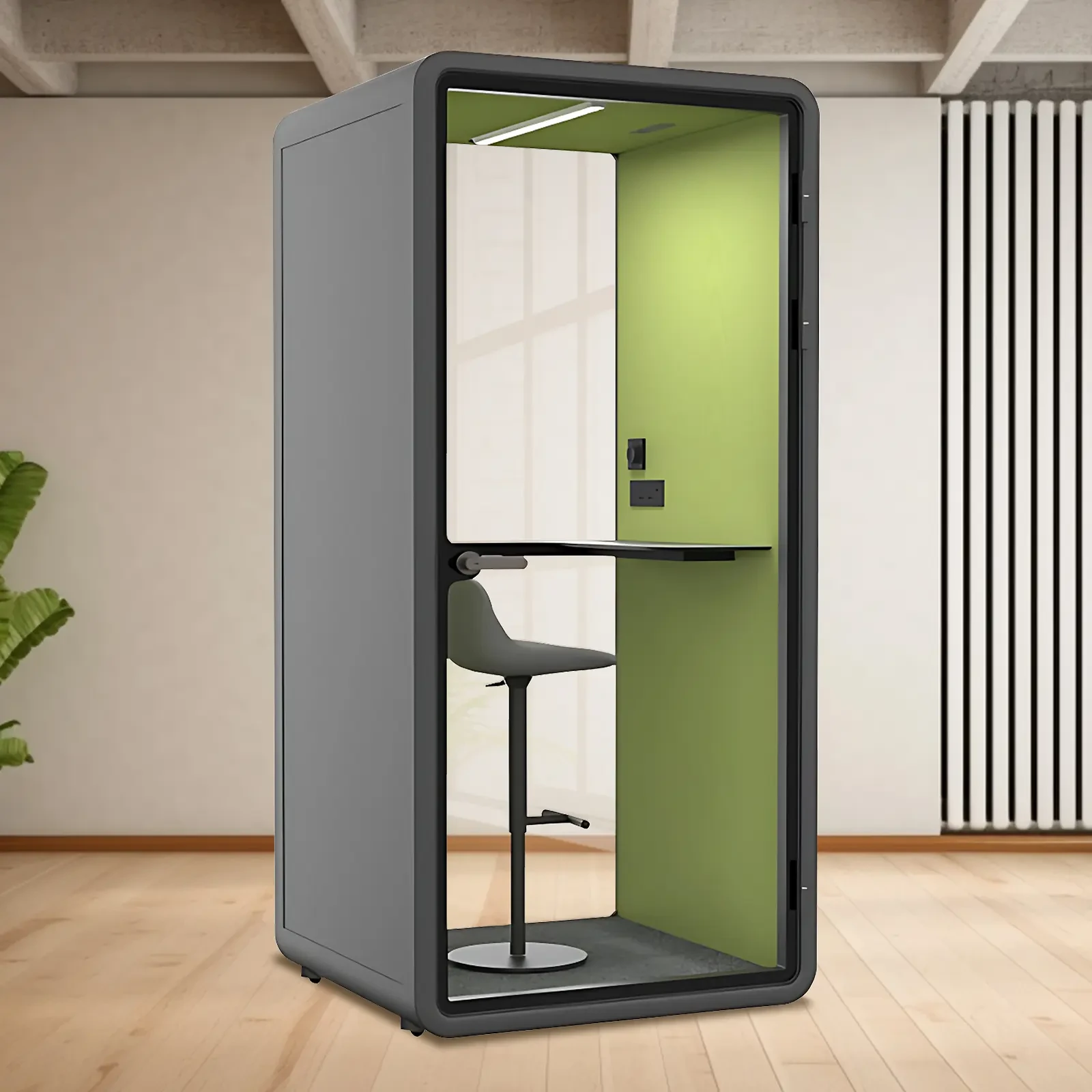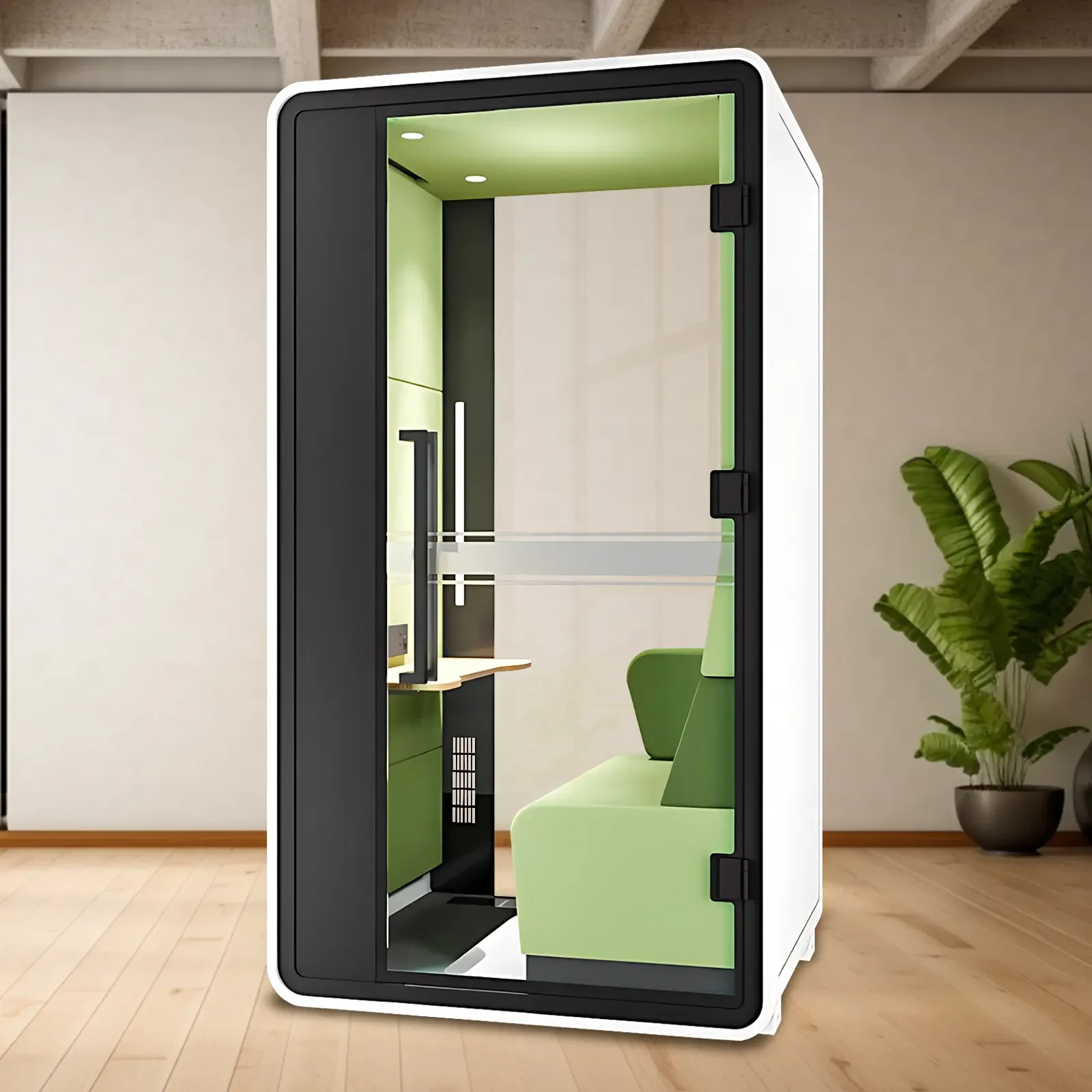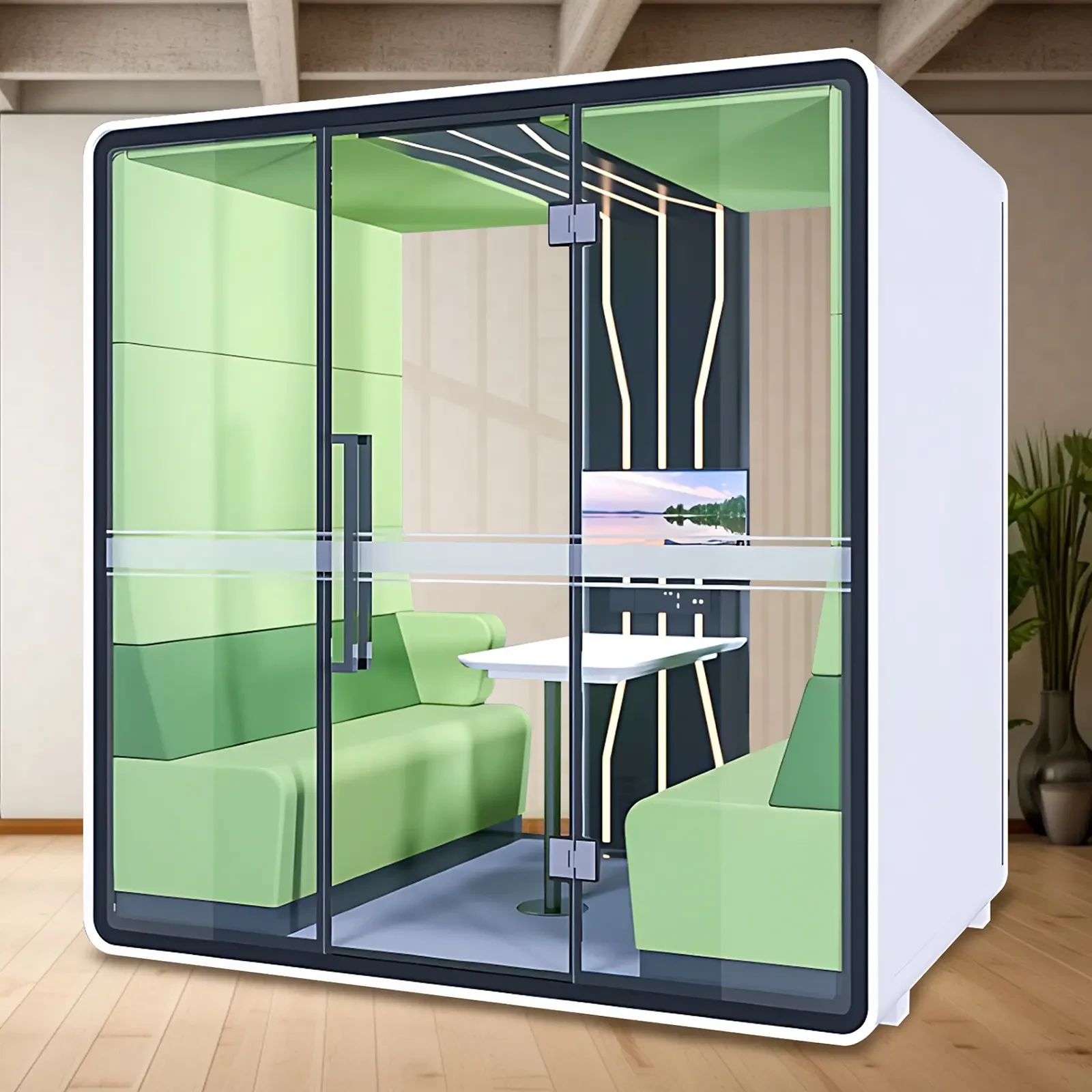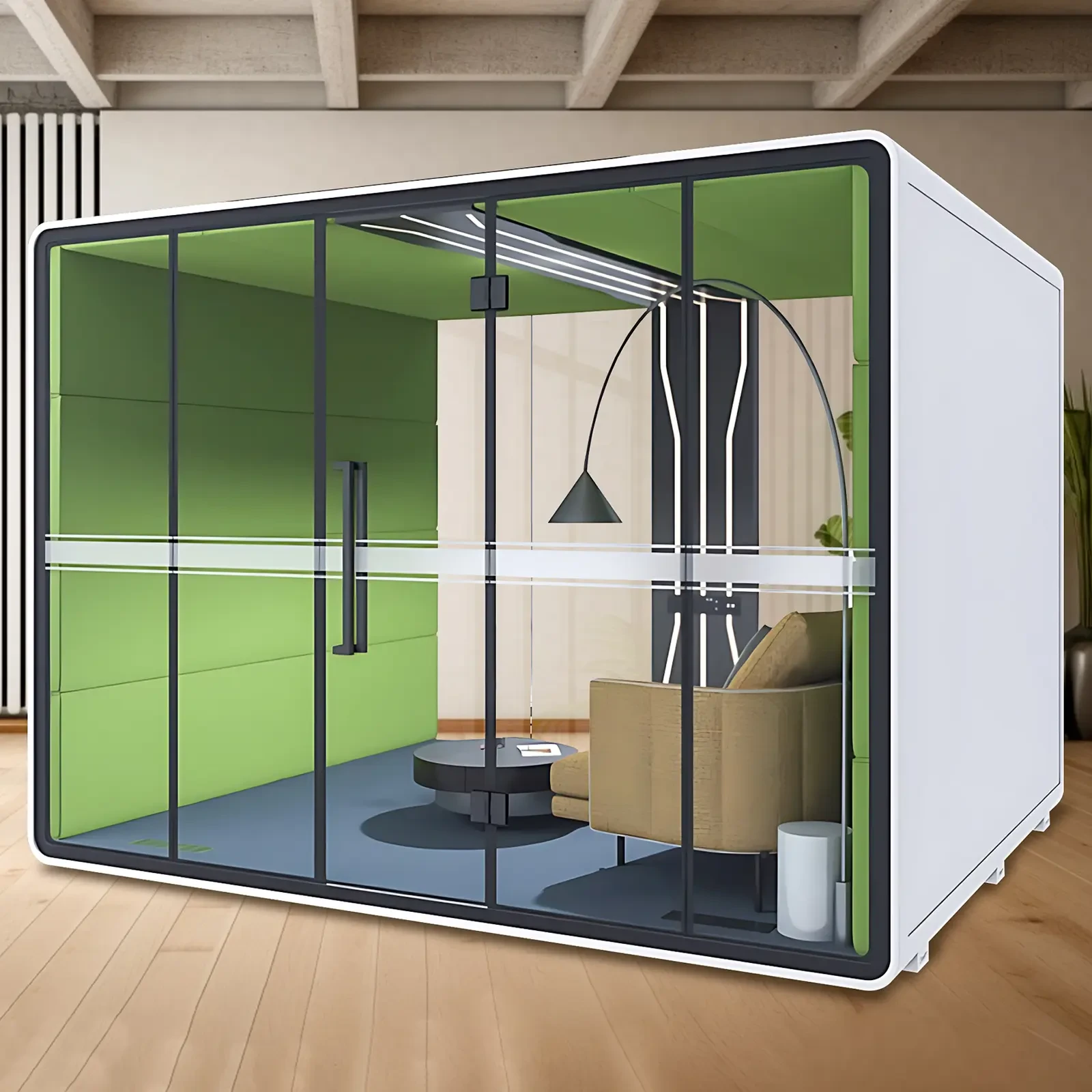Want to work, practice piano, make phone calls, or record videos quietly at home, but are constantly disturbed by noise? This "home silent cabin" is becoming an ideal choice for urbanites! This article explains the principles of sound insulation, common types, key specifications, and purchasing advice, providing a step-by-step guide to choosing the right soundproof room. Whether you're livestreaming, recording, meditating, or even letting your child practice piano, you can create a private, exclusive space. No unnecessary information, no pitfalls, this practical guide explains it all in one place! 🎧🔧
What is a soundproof room for your home? It's more than just a "cubicle." You may have seen soundproof phone booths in office buildings and heard of "acoustic cabins" used in livestream studios, but they all stem from the same concept: a home soundproof room (also called a silent cabin, anechoic chamber, or portable room). It's more than just a simple enclosure; it's an independent, private space designed through scientific acoustics to effectively block external noise while controlling the leakage of internal sound.
Simply put, it's like putting "soundproof armor" on a corner of your home: outside noise can't get in, and talking and singing inside won't disturb neighbors. It's especially suitable for families living in apartments, shared housing, or street-facing units. Although it's only 1-2 square meters, it's an essential "safe haven" for modern people against the hustle and bustle of the city 🏠🔇.
Understanding the principles of soundproofing: True soundproofing relies on "three layers of protection"
Many people think that a soundproof room simply requires thicker walls, but that's not the case. A properly soundproofed home requires a triple layer of protection: "sealing + sound absorption + vibration reduction":
1. Sealed Structure: Eliminate Sound Leaks
Thickened door frames, magnetic sealing strips, and a double-layered door design create a tight, refrigerator-like seal, preventing low-frequency noise (such as footsteps or the hum of the air conditioner) from seeping through the gaps.
2. Sound-Absorbing Materials: Absorb echoes and reverberation
High-density polyester fiber wool, rock wool, or specialized acoustic foam panels are used on the interior walls to absorb sound waves reflected from vocals and instruments, preventing a hollow, echoing sound. This is particularly suitable for voice calls and recordings.
3. Shock Absorption: Isolate structural sound transmission
Implementing anti-vibration pads or floating floors at the footrests reduces the transmission of footstep vibrations to the floor. This is especially crucial when playing piano or drums. This is like "wearing shock-absorbing shoes" for the room, making it feel as stable as a space capsule.
Among mainstream sound insulation standards, "Sound Transmission Control (STC) ≥ 35dB" is the basic threshold, meaning it can reduce noise by approximately 35 decibels. For example, an average conversation can be reduced from 60dB to 25dB, equivalent to a library environment.
How to Choose? Match different styles to four major scenarios.
Don't buy the most expensive item right away! Choosing the right model based on your needs is crucial 👇
✅ Scenario 1: Working from Home / Video Conferencing / Phone Reception
Recommended: Standard Soundproof Phone Booth (approximately 80×80cm, suitable for one person). Key Considerations:
- Soundproofing: STC ≥ 35dB
- Translucent glass or acrylic windows: Clear view, avoiding oppression
- Adjustable seat height + tabletop storage: Minimize fatigue during long meetings
✅ Scenario 2: Children's Piano Practice / Family Music Introductory
Recommended: A "Parent-Child Piano Room" with wood finish or upholstered interior. Features:
- Thickened inner sound-absorbing layer for optimal absorption of mid- and high-frequency sounds
- Compatible with a foldable piano stand or small speaker stand
- Rounded corners for child protection
✅ Scenario 3: Recording Audio / Livestreaming / Podcast Creation
Recommended: A professional-grade "acoustic anechoic chamber" (e.g., double-layer walls with sound-absorbing foam and independent ventilation). Advantages:
- STC can reach over 45dB, approaching studio sound quality
- Supports external microphone and headphone jacks
- Adjustable lighting for a more atmospheric vlogging experience
✅ Scenario 4: Drum/Percussion Practice (Choose with Care!)
Note: Ordinary soundproof rooms can't withstand the impact of a drum set! Recommended Options:
- Heavy-duty steel construction with independent shock-absorbing bases
- Impact-resistant floor mats or rubber flooring
- Exterior wall thickness ≥ 8cm, combined with sound-absorbing rock wool and double-door construction
Prices are relatively high, typically starting at 8,000 yuan, making them suitable for those with a fixed space who pursue the ultimate in sound quality.
Conclusion
A soundproof room for home embodies the sophistication of modern living. More than just a "small box," it's a platform for emotional management, improved efficiency, and artistic expression. Choosing the right model offers privacy, focused work, and immersive music. A budget between 3,000 and 10,000 yuan covers most needs and offers excellent value. Remember three key words: good sealing, strong sound absorption, and stable structure. Combined with the usage scenario, refuse to blindly follow the trend, and you will find the pure land where you can truly "hear your own voice" 💫🏠

 USD
USD
 GBP
GBP
 EUR
EUR



